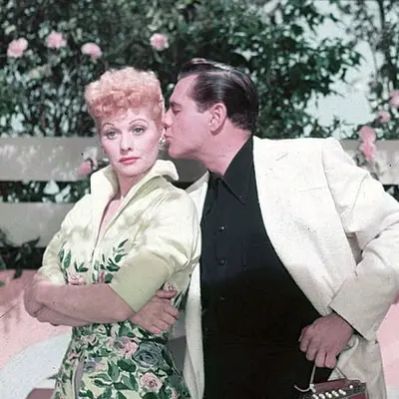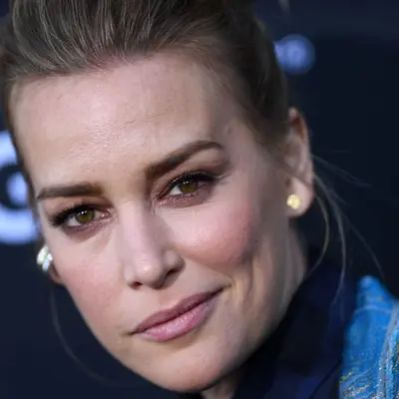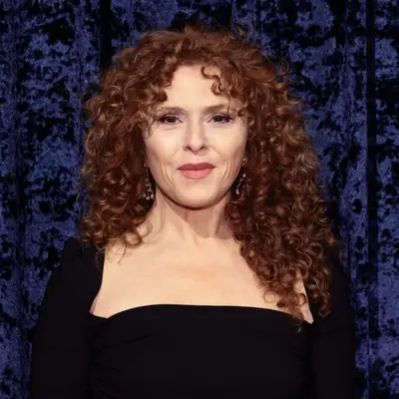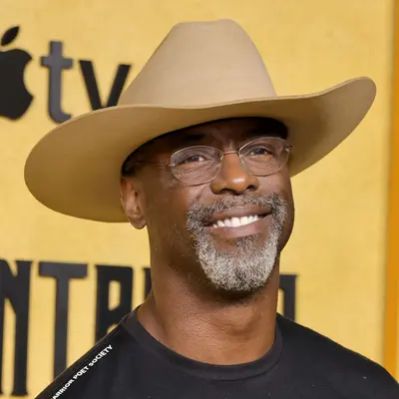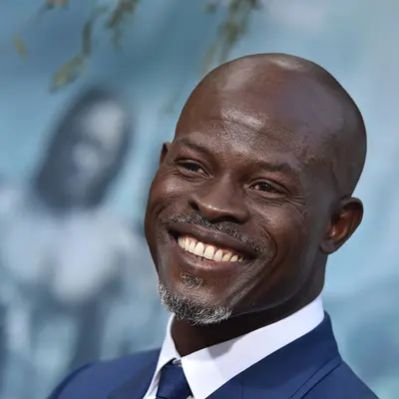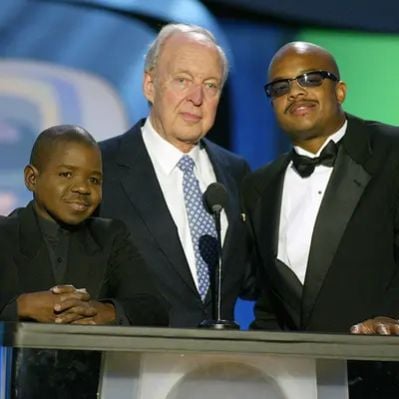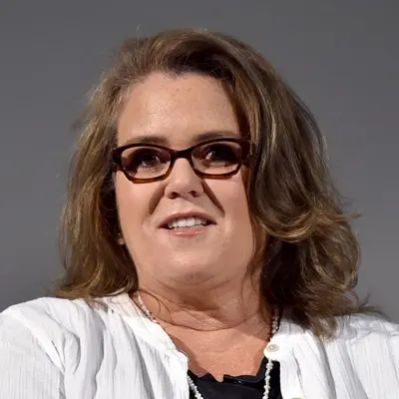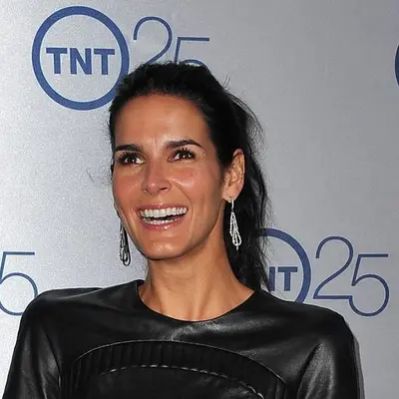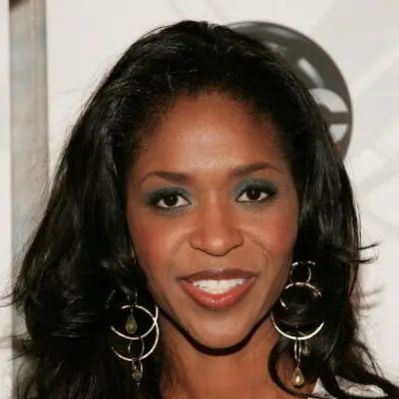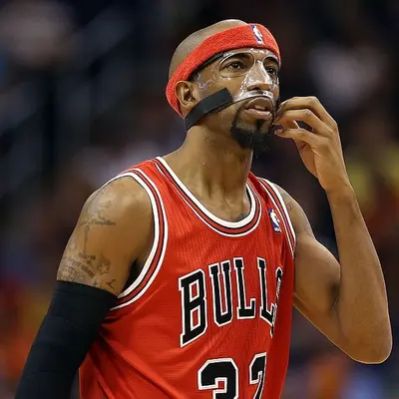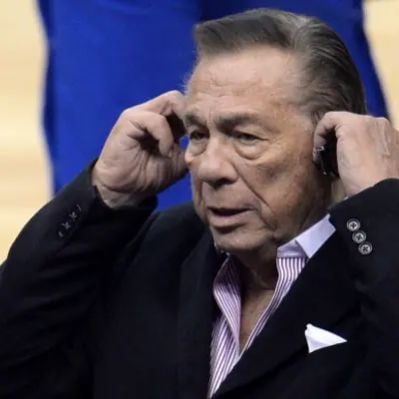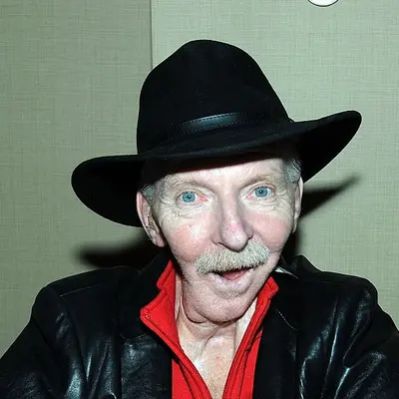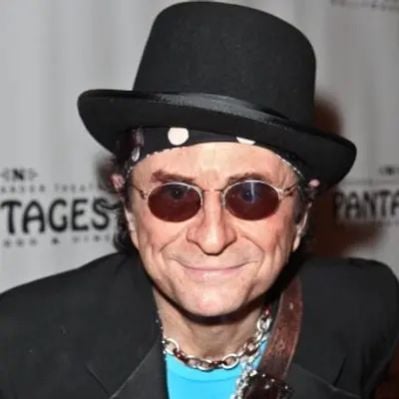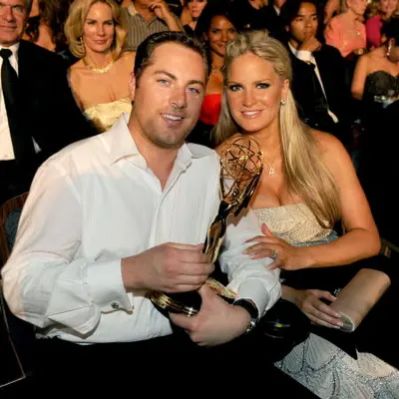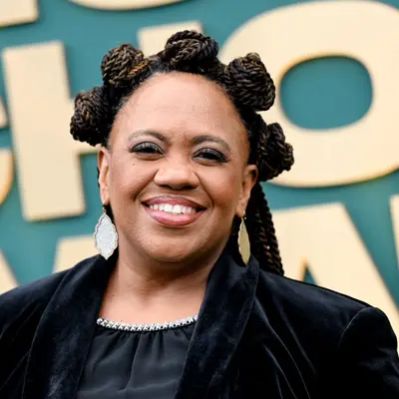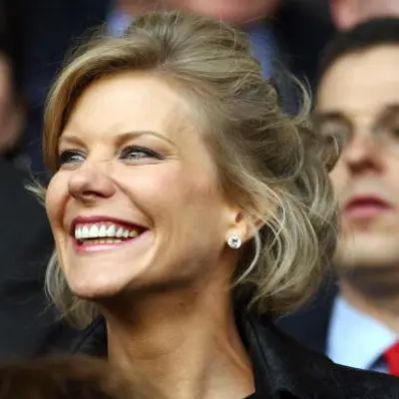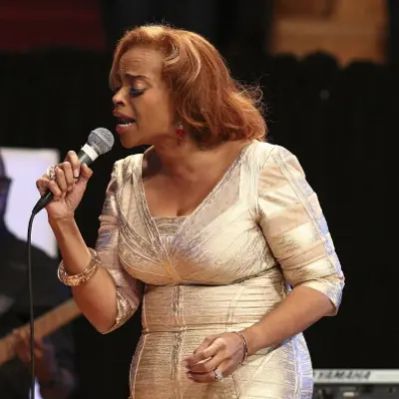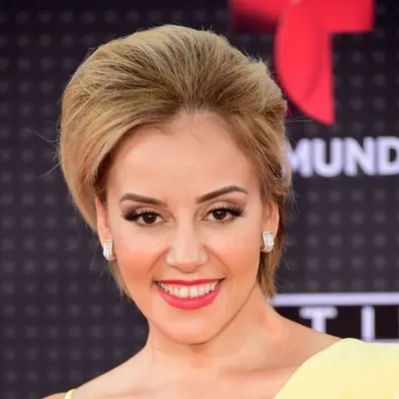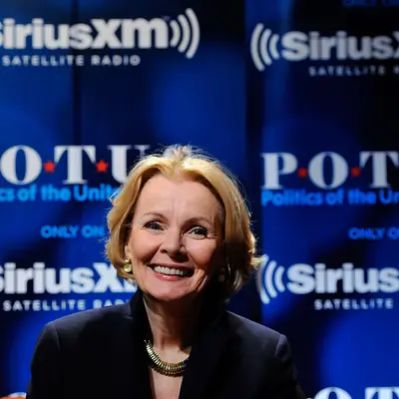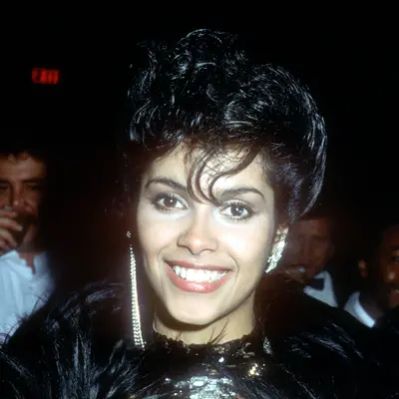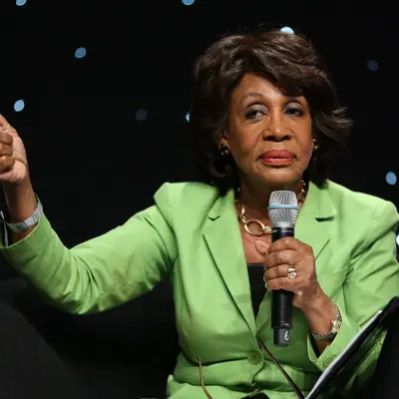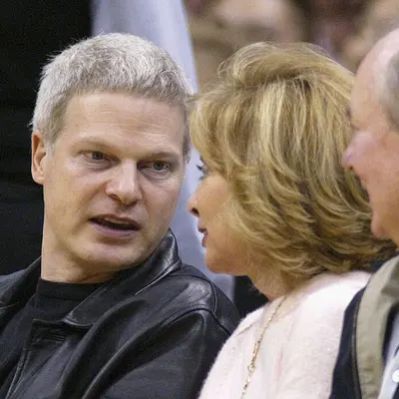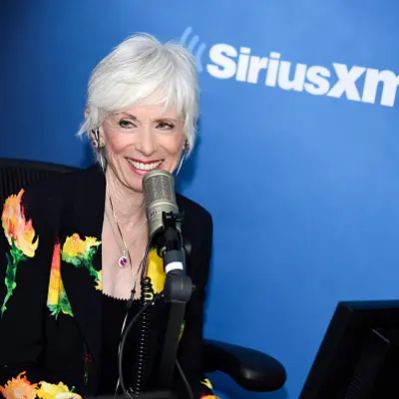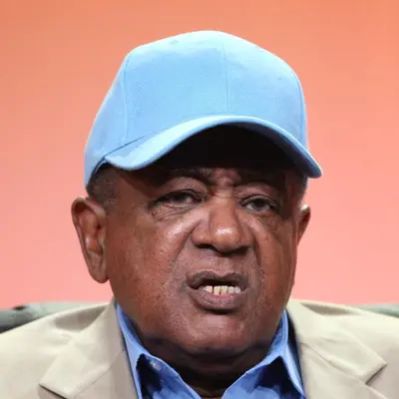What Is Lucille Ball’s Net Worth?
At the time of her death in 1989, Lucille Ball had a net worth of $60 million, which is equivalent to approximately $125 million when adjusted for inflation to today’s dollars [1]. Lucille Ball’s wealth was amassed through her pioneering work as a comedian, actress, model, businesswoman, and the success of “I Love Lucy” and Desilu Productions [1]. She was not only known for her exceptional comedic talent but also for her astute business acumen, making her a trailblazer in the entertainment industry [1].
Lucille Ball’s Early Career and Rise to Fame
Lucille Ball, born on August 6, 1911, in Jamestown, New York, embarked on her Hollywood journey in the 1930s [1]. She started as a chorus girl and model before securing minor roles in films [1]. During this period, she supported herself by working as the Chesterfield cigarette girl for Carnegie [1]. Her early career involved various small movie roles, including appearances in a Marx Brothers film and several Fred Astaire and Ginger Rogers musicals [1].
In 1936, Ball appeared in the play “Hey Diddle Diddle,” a comedy set in a duplex apartment in Hollywood [1]. Despite auditioning for “Gone with the Wind” in 1936, she lost the role to Vivien Leigh [1]. She starred in the musical “Too Many Girls,” where she met and fell in love with Desi Arnaz, marking a significant turning point in her personal and professional life [1]. She also supplemented her income with radio work to gain exposure [1].
The Success of “I Love Lucy” and Desilu Productions
In 1948, Lucille Ball was cast as Liz Cooper in the CBS radio comedy “My Favorite Husband” [1]. The show’s success led CBS to approach her about developing it for television [1]. Ball agreed, but insisted on starring alongside her real-life spouse, Desi Arnaz [1]. Despite initial reluctance from CBS executives, Ball and Arnaz took their act on the road, which proved successful and convinced CBS to put “I Love Lucy” on their lineup [1]. The show became an immediate hit, turning both stars into household names [1].
“I Love Lucy,” which aired from 1951 to 1957, was pivotal in shaping Lucille Ball’s net worth [1]. Ball made history by becoming the first woman to head a TV production company, Desilu Productions, which she formed with Arnaz [1]. They pioneered methods still in use in TV production, such as filming before a live studio audience [1]. During breaks in production, Lucy and Desi also starred together in two feature films: 1954’s “The Long, Long Trailer” and 1956’s “Forever Darling” [1]. Desilu went on to produce several other popular shows such as “The Untouchables,” “Star Trek,” and “Mission: Impossible” [1].
One of Desi Arnaz’s key decisions was to request that the show use film across the country for syndication instead of kinescope [1]. The studio executives initially balked at the expense, but Arnaz negotiated that he and Lucille would own the physical film prints, and therefore, the re-broadcast rights [1]. This stipulation would eventually earn the couple an enormous fortune when the show became the most popular syndicated program in history [1].
In 1957, CBS bought back the rights to the show’s 180 episodes for $4.5 million, equivalent to $40 million today [1]. That same year, Desilu paid $6 million for RKO Studios and its 14-acre movie lot, making Lucille officially the first major female production mogul [1]. Desilu was taken public in 1958, at which point the company had 800+ employees and more than $20 million in annual revenue [1].
Lucille Ball’s Business Acumen and Post-“Lucy” Career
In 1962, following her divorce from Desi Arnaz in 1960, Lucille Ball bought Desi’s shares in Desilu Productions for $2.5 million, equivalent to around $20 million today [1]. She poured herself into the production and creative side of the business [1]. Lucille green-lit Gene Roddenberry’s “Star Trek” in 1964 and gave Roddenberry the resources he needed to film a pilot episode called “The Cage” [1]. When NBC rejected the pilot, Ball urged them to allow Roddenberry to produce a second pilot, which starred William Shatner [1]. Ball also green-lit “Mission: Impossible” [1].
In 1967, Lucille Ball sold Desilu Productions to Gulf+Western for $17 million, which is equivalent to $130 million today [1]. This sale significantly boosted her net worth [1]. Gulf+Western transformed Desilu into the production offshoot of Paramount Pictures, eventually renaming the two arms Paramount Studios [1].
After “I Love Lucy,” Ball starred in the 1960 Broadway musical “Wildcats,” but the show closed early when she contracted a virus [1]. She hosted the CBS Radio talk show “Let’s Talk to Lucy” from 1964 to 1965 [1]. She made a few more movie appearances and then starred in two more successful CBS sitcoms: “The Lucy Show,” which aired from 1962 to 1968, and “Here’s Lucy,” which featured her real-life children Lucie and Desi Arnaz Jr. The show ran from 1968 to 1974 [1]. Ball was the lead actress in numerous comedy TV specials until 1980 [1].
During the mid-eighties, Ball attempted to resurrect her TV career. She starred in a dramatic made-for-TV movie in 1985, “Stone Pillow,” in which she portrayed an elderly homeless woman [1]. Her 1986 sitcom comeback “Life With Lucy,” produced by Aaron Spelling, was canceled less than two months into its ABC run [1]. Ball’s last public appearance was just one month before her death, at the 1989 Academy Awards telecast [1].
 Net Worth Ranker
Net Worth Ranker
